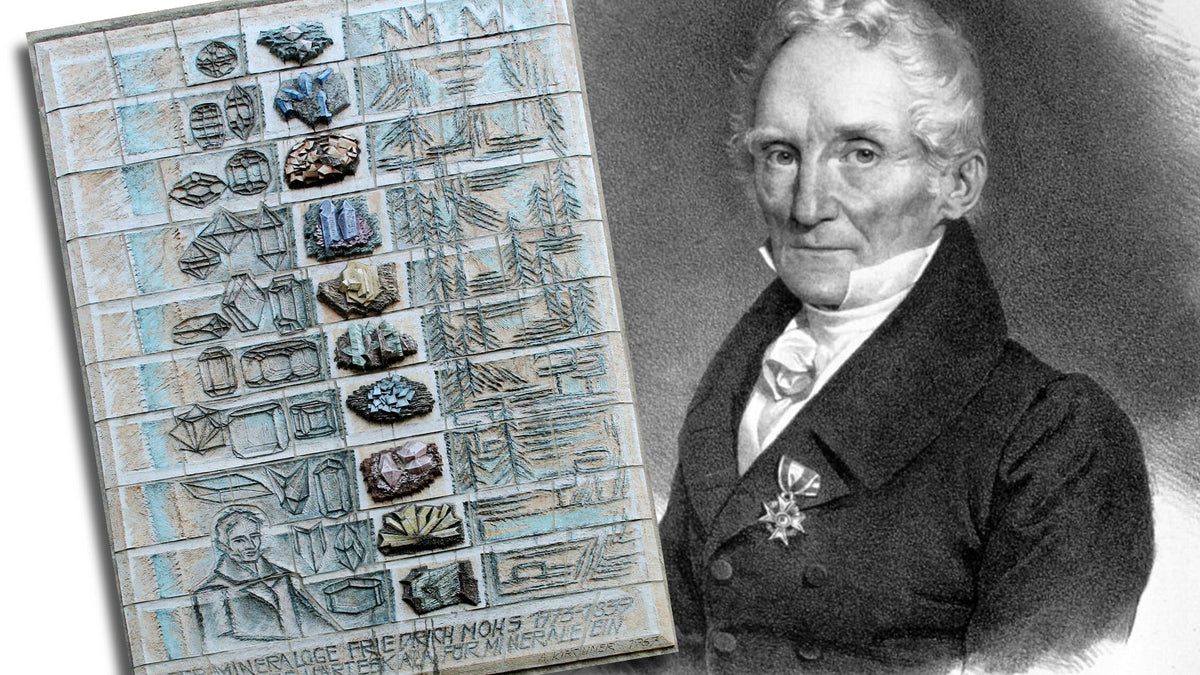

When it comes to precious and semi-precious stones, sooner or later you will come across the hardness scale according to Friedrich Mohs – a German-Austrian mineralogist who, of all things, developed his classification, which is still valid today, during his professorship in Graz (from 1812).
This makes us at Feichtinger – with headquarters in Graz – particularly happy…

Mohs hardness 8 to 10 are gemstone hardnesses, 1 to 7 are gemstone hardnesses
The hardness test is based on the fact that harder materials can scratch softer ones. As a result, Mohs ranked minerals according to their hardness on a scale of 1 (soft) to 10 (hard). The hardness of minerals is determined by their internal structure, the crystal lattice, the strength of which increases with increasing Mohs hardness.

This scale also includes a
Distinction between precious and semi-precious stones:
The former have a hardness of at least 8, while gemstones are lower, i.e. between 1 and 7. The fact that the proverbially hard diamond, king of all gemstones, tops the list with the number 10 is of course a matter of honor.


